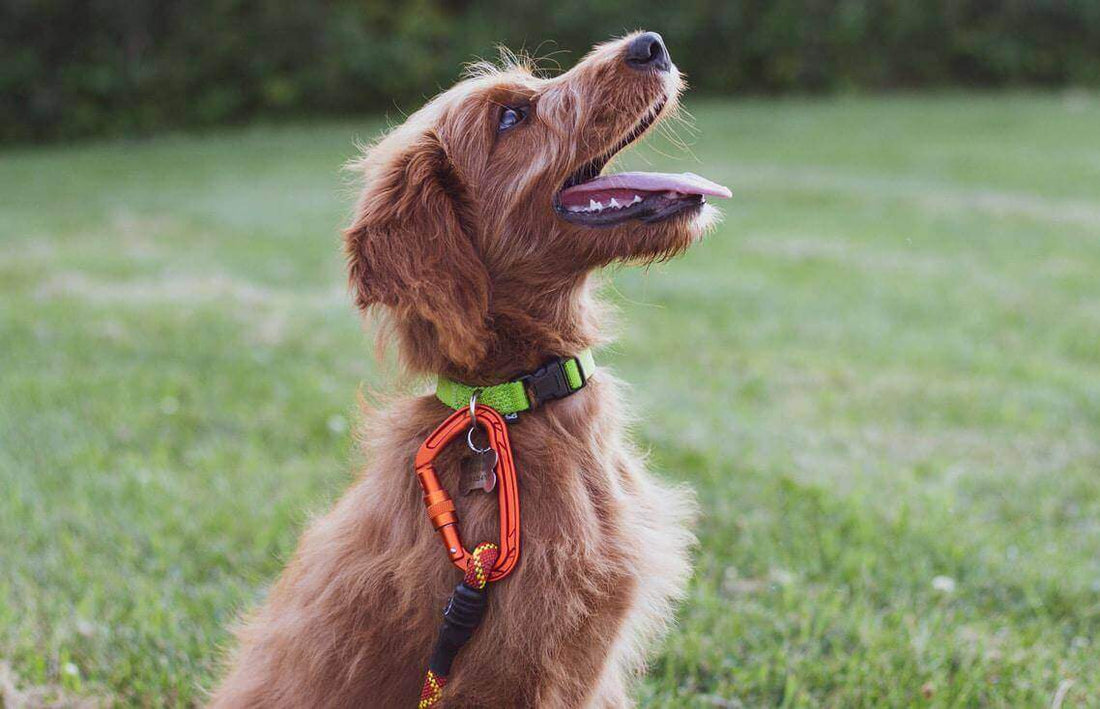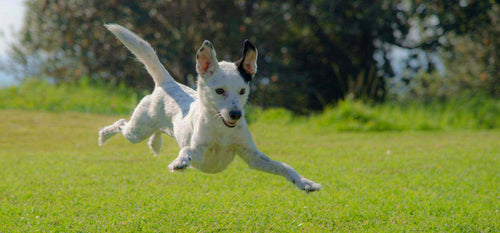
A Couch Potato's Guide to Dog Walking
Dog Walking Tips That Work
It’s been almost a year since I adopted Mayzie, a border-collie mix. Two things struck me when I first met her, her energy level, and athletic build. Immediately I knew that I would need to walk her to maintain a sane household. This was a daunting undertaking, considering I had little experience with dog walking.
I have walked her daily since then, with few exceptions. When we began our walks, I noticed that almost every other house in our neighborhood has a dog or dogs. I only encountered 2 or 3 of the same people walking their dog on a regular basis. (To be fair, they could be walking at some other time of the day.)
I understand completely, I hate exercise. I figured out that I could only walk her every day if I were multi-tasking (and I don’t mean texting while walking!). I found that the goal for the walk was not my exercise or giving her a change of scene, but instead became about learning obedience tasks and feeding her breakfast. Walking became more than just “getting the walk out of the way” and more about gaining a new skill.
[Tweet “Walking became more than just “getting the walk out of the way” and more about gaining a new skill.-@redbarninc”]
Start with a Class
Since I was rusty, especially at walking, I took an obedience class. I would recommend obedience classes even if you have taken them before or are comfortable with your dog’s manners. The classes will inspire you, give you a focus on tasks and allow you to ask specific questions about your dog’s behavior. Nothing is more frustrating than going through the same actions (such as her pulling and you pulling back) without improvement. Sometimes a suggestion from a professional can make a big difference in the quality and frequency of your walks.
Begin the walk with good door manners.
This sets the tone for the walk and establishes that you decide that she will start the walk calmly and at your command. Have her “sit” while you put on the leash, and then she “stays” until you open the door and step outside. She should “stay” until invited out, then “sit” while you lock the door. She should “stay” until invited to walk. These commands should repeat every time you open the door from now on. You may need to repeat these commands often at first. Once they are mastered, they have the bonus of her not dashing out the door every time it’s opened.
Pulling
Most dogs pull. My dogs all pulled, and almost nothing about a dog can be more annoying. Most trainers tell you to give short “bings” or tugs when the dog starts to pull. When you pull back constantly, it only reinforces the pulling behavior. Also, I will stop and have her sit at my side until we both calm down.
The other trick is to have treats in your pocket. Hold it next to your shoulder with the command “pay attention”. When she drops back and walks under the treat next to your side, drop it so she can catch it and give her a “Good Dog!”
A treat (or in my case, Redbarn Premium Rolled Food) is also handy for distracting dogs that don’t enjoy other dogs passing them or tend to bolt after cats and squirrels.
Mind and Body Exercise
Your dog could spend all day chasing squirrels and get plenty of exercise. So why is a walk different? Just like humans, exercise is about more than working the leg muscles. While humans clear their mind, dogs take in loads of information. A walk in the neighborhood is to a dog what reading the newspaper is to us. Who passed us? Who decided to mark territory and where? Where do those cats (and other dogs) live? What do they shout at me while I walk by their window?
This mind and body exercise enables you to become a practicing dog owner in every sense of the word. The walk is practice for your relationship with your dog. The walk should reinforce a positive connection through obedience nurturing. This concerns you – you are the one with higher consciousness.
Your relationship with your dog is a long-term relationship, and it will go through many stages. Even if you have had your dog for years and have not walked your dog in a long time, it’s never too late to start. The rewards to both you and your dog go well beyond just a workout.
All data and information provided on this site is for informational purposes only and reflects the views of the authors alone. This information may not reflect those of the organization. Redbarninc.com makes no representations about the accuracy, completeness, timeliness, suitability, or validity of any information on this site. Redbarninc.com will not be liable for errors, omissions, or delays in this information or any losses, injuries, or damages arising from its display or use. All information provided is on an as-is basis. Please note that each situation is different. You should always consult your veterinarian if you have any questions about your pet’s health.



